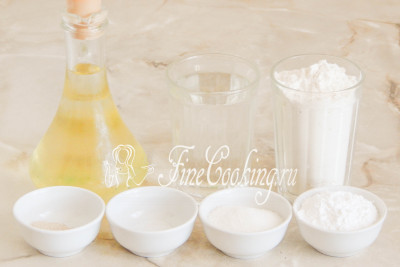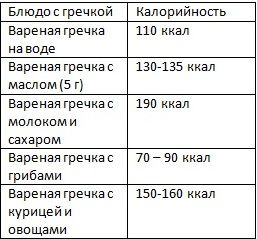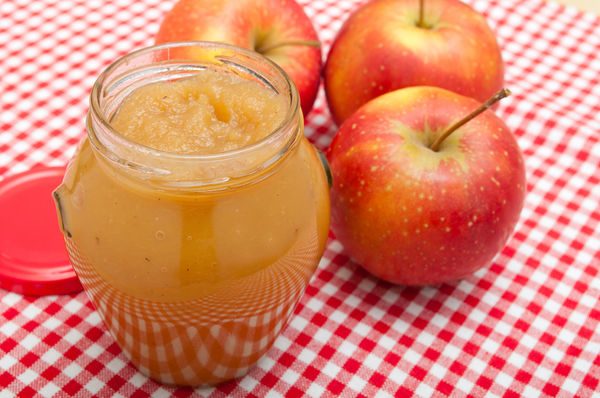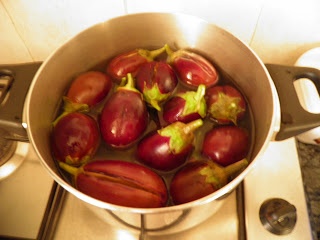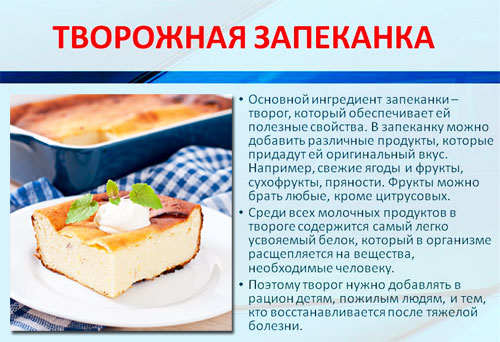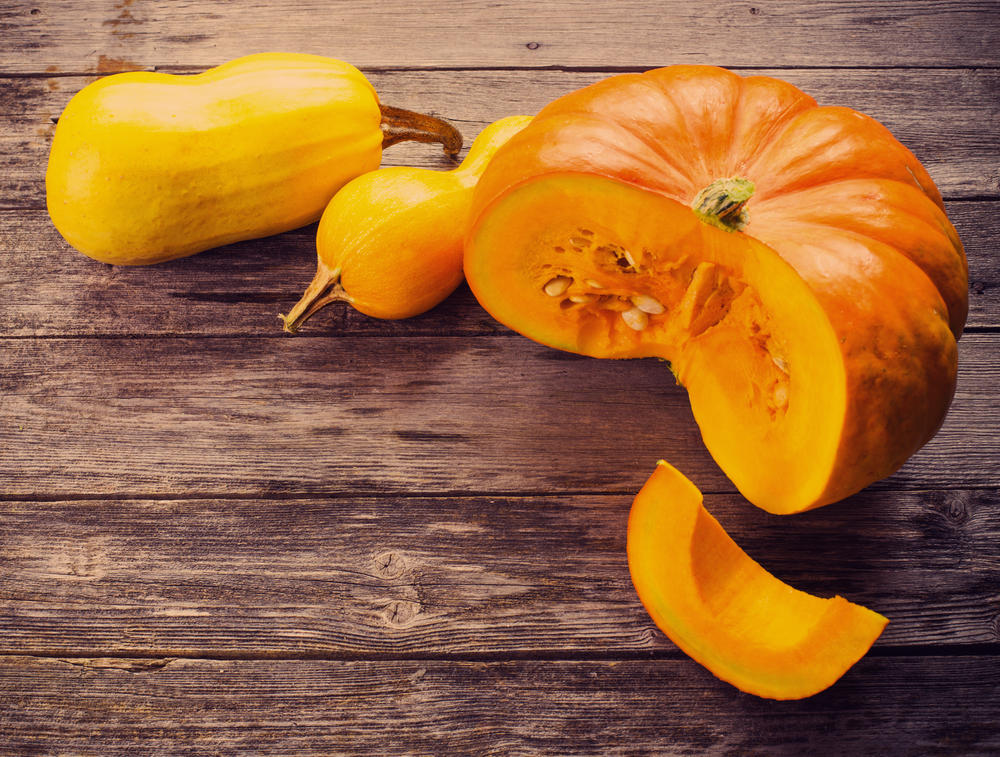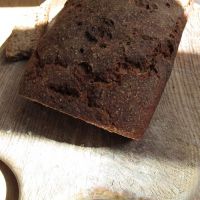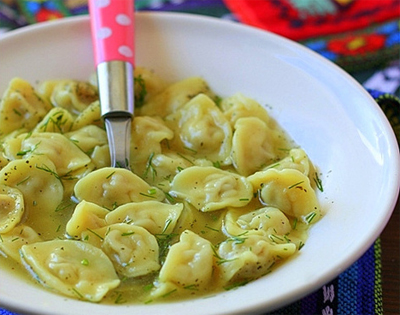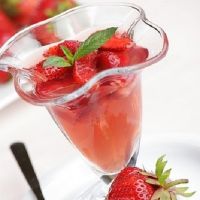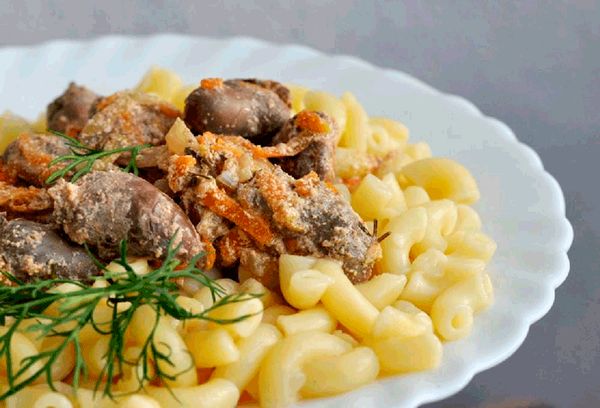Categories of water. The difference between the water of the highest and first category
Water of the highest category of production company "AquaLife", is being cleaned in accordance with international standards. The product contains the necessary micro-and macronutrients that have a positive effect on the human body. Production is carried out on modern high-tech equipment.
Compliance with the highest standards
The purest bottled water of the highest category is extracted from artesian wells and complies with the standards of the Rospotrebnadzor. Water purification is done through the use of multi-layer filters, followed by filtering. Tasty drinking water of the highest category is enriched with fluorine and iodine at the final stages of production. The product is absolutely safe for health and can be used without restrictions.
Cleaning is carried out according to the technology that guarantees the absence of artificial additives. Several independent examinations were carried out, which confirmed the high quality and compliance with the issued certificates.
Cooperation with the company "AquaLife"
By purchasing products of the company AquaLife, you get the following benefits:
- Timely and prompt delivery of water of the highest category;
- Wide range of;
- The ability to order products in any volume at very competitive prices.
To buy drinking water of the highest category, leave an order on the website or contact our phone manager to find out the rules for ordering. Water delivery is carried out on weekdays. The organization cooperates with legal entities and individuals. Buy water of the highest category right now! Rate the taste of water from natural sources.
What is a water quality category? What does top quality drinking water mean? What categories is divided into all drinking water. Her features. Varieties of bottled water. Features of production and composition of each type. List of high-quality water category. How not to buy a fake. The quality category of water that we regularly drink leaves a significant imprint on our health. Want to know what top quality drinking water means to use the most useful water? Then in our article you will find all the information you need.
Quality Categories
Water from an underground and surface water source that has undergone a process of purification and water treatment is called drinking. In the process of purification, harmful impurities, toxic bacteria and microorganisms are removed from the liquid.
Drinking fluid is divided into several quality categories according to regulatory documents, namely SanPiN 2.1.4.1074-01 and SanPiN 2.1.4.1116-02. The first document regulates the quality standards for drinking tap water, and the second - for bottled water.
So, all drinking water is divided into the following quality categories:
- The 1st category is the best drinking water used for children;
- The 2nd category is water of the highest quality category;
- 3rd category is the most common drinking liquid, water of the first grade;
- The 4th category of water quality is tap water from the centralized water supply system. It undergoes the process of filtration and disinfection using chlorine.
As you can see, the water from our taps, although suitable for drinking, is of little use for health, or rather, regular use of such water is undesirable. The one who cares about his health, drinks purified bottled water.
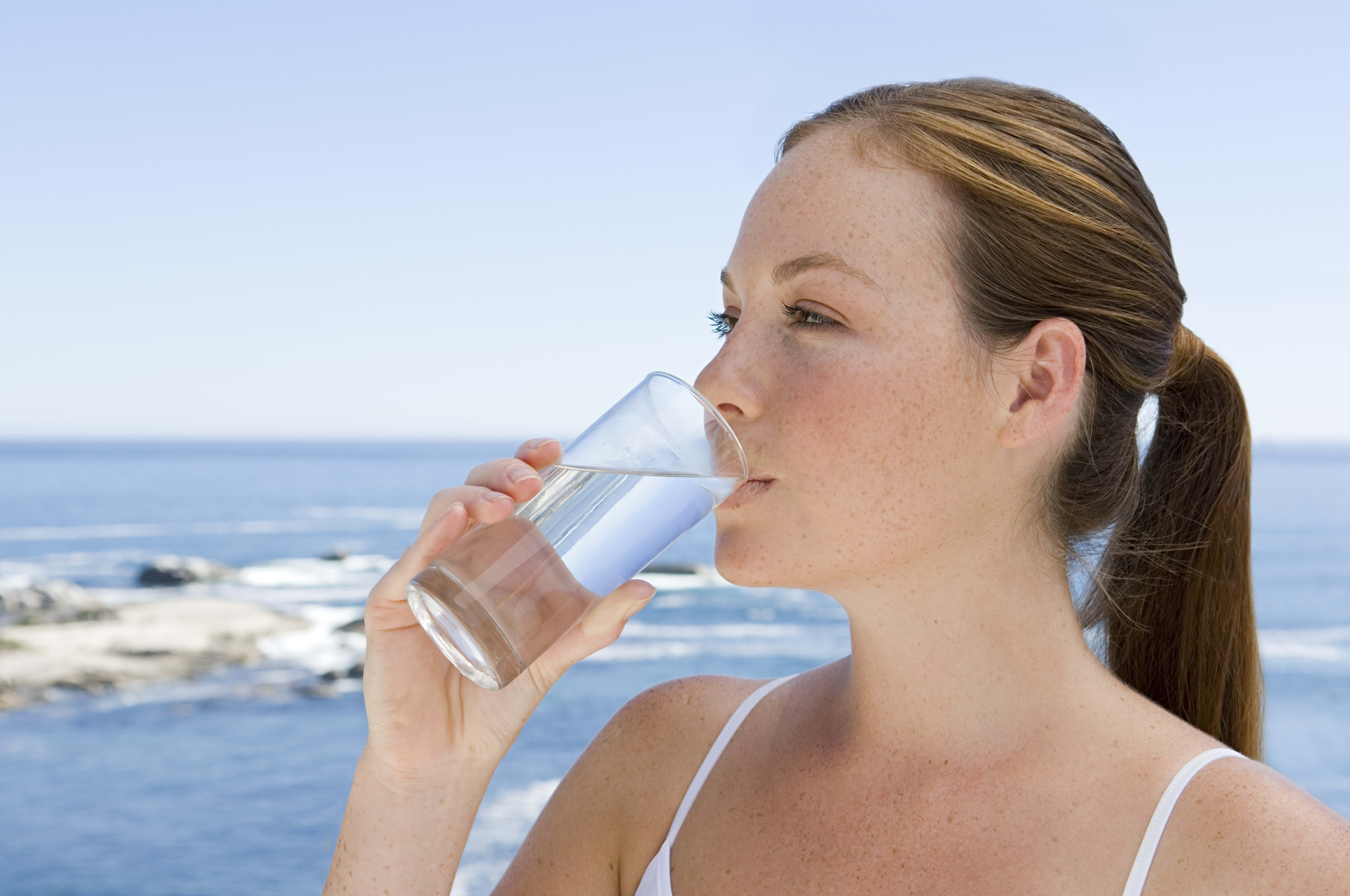
Bottled water categories
And even the most useful water bottled and having undergone a thorough purification and filtration process can be divided into several categories:
- Water first category. It is a purified and filtered fluid that can be regularly used by a person for drinking without risk of harm to health. It meets all standards for the maximum permissible concentration of substances.
- Top quality drinking water. This category of water is taken from the purest spring or artesian sources, in which there are not the slightest signs of chemical or biological pollution. This water is not only safe for our body, it is also useful because it contains a complex of macro and microelements that we need.
This division of water is carried out in accordance with the new rules of the current SanPiN. At the same time, water of the first category can be obtained by thoroughly cleaning ordinary tap water. The liquid goes through several stages of preparation:
- iron removal using sorbent filters;
- water soften;
- the slightest chlorine residues are removed from the liquid;
- water is disinfected using ultraviolet rays or by silvering it;
- mineralized by adding calcium, magnesium, fluorine.
Although this water undergoes such a thorough purification, it will not be able to match the water of the highest category, since manufacturers cannot completely get rid of chlorine, iron and other residues.

Top quality drinking water
This type of water comes from the cleanest underground sources, which are not exposed to any types of pollution. However, in addition to this fluid, there are a number of important requirements:
- Water must meet the standards of physiological usefulness. This means that it is not enough for her to be just pure, the water should be useful for a person. At the same time, water can be saturated with useful minerals from the very beginning, that is, at the source. Otherwise, these beneficial trace elements should get there at the water treatment stage. We are talking about fluoride, iodine, potassium, calcium and other substances.
- Harmless chemical composition.
- Lipetsk pump room
- Crystal
- To your health
- Nestlé
- Bonacqua
- Arkhyz
It is possible to distinguish water of the highest quality not only according to inscriptions on labels, but also at the price. Thus, the cost of water of excellent quality, which was recruited in the Alpine sources, will be higher than 60-80 rubles per liter.
The price of purified water from well-known world famous brands will also be higher, because manufacturers who value their name make truly clean and healthy water. The price of such water may be in the range of 35 to 50 rubles for a five-liter bottle. At the same time, water of the same category from domestic producers will cost 25-30 rubles for the same bottle.
How not to buy a fake?
- Pay attention to the label. There should be written information about the category of water, its chemical composition, the source from which the water was collected and the registration characteristics.
- Examine the look of the bottle. Since manufacturers of fakes usually do not linger long on the market, their goods have an unpresentable appearance. And if the label, the cap, the bottle itself are beautifully decorated and decorated, this indicates a bona fide manufacturer of excellent water.
- When buying water in a large retail outlet, the risk of buying a fake is minimized.
If you doubt the quality of drinking water, you can order the analysis and perform its testing in our laboratory. To do this, you need to contact us at the phone numbers listed on the site.
To water intended for everyday use, put forward certain sanitary requirements. Drinking water of the highest category according to GOST is an environmentally friendly and balanced (by the number of micro and macro elements) product. GOST is a definite list of the properties of a liquid that drinking water must possess in order to be safe, non-toxic to the human body. These standardized methods were developed by Russian scientists, who conducted a number of studies in this direction.
Drinking water of the highest category according to GOST - a sample of purity and quality
In the process of cooking and drinking water, the following modifications (variations) are used:
- light or heavy;
- soft or hard;
- underground;
- mineral;
- plumbing;
- purified.
According to the norms and standards in Russia (SanPiN), there are two types of water: the first category, the highest category. This type of liquid should not have odor and color, as well as harmful impurities. The main distinguishing features are in the method of their production, as well as in the presence of trace elements of biogenic nature.
The Okovtsy company suggests to wholesale drinking water in Moscow from the producer at the favorable prices.
- wells of shallow depth;
- open reservoirs (for example, rivers or lakes);
- springs;
- ordinary plumbing.
This liquid in its composition has various impurities that are unsafe for human health, therefore, it is subjected to purification using the principle of reverse osmosis, deep filtration. After this, water softening and mineralization are performed.
A certificate for the highest category is provided by the CPS only after carrying out a series of thorough quality checks and setting full compliance with sanitary standards. Drinking water of the highest category according to GOST has a number of advantages as compared to ordinary water - in turn, our water from Okovetsky Sources is safe, meets sanitary and hygienic standards and is in no way inferior to GOST.
Water from Okovetsky Spring as an alternative to drinking mineral water according to GOST
Drinking mineral water, corresponding to GOST, has a certain taste or smell depending on the salts contained in it. Depending on the predominance of certain elements, these mineral waters are divided into: sulfate, chloride, polycarbonate, mixed. According to the total salt content, they can be canteens, medical-table and medicinal. Table waters can be drunk without the recommendation of medical specialists, and medicinal and medicinal tables can be drunk only after careful consultation.
The water produced and sold by the Okovtsy company from Okowiecki Source meets all sanitary and hygienic standards, is absolutely safe, has a pH value of 8.2. It has a beneficial effect on the entire body, has an anti-aging effect, boosts immunity.
You can order water on the website of the company of a drinking water producer in Moscow, by contacting the managers by phone, or via e-mail. After billing you can count on timely delivery of water, the fulfillment of all obligations. Bottled "Water 8.2" - a natural product extracted from artesian mineral resources, as well as recommended not only for the adult population, but also for children and pregnant women.
This document is valid in our country since January 1, 2003. Before him, the water industry was guided by the Soviet SanPiN. The new rules divided all the water into two varieties: the first and the highest. Water of the first category is allowed to be created by deep purification of water from the tap. Water, as a rule, is "deferred" with the help of sorption filters, softens, removes residual chlorine. After that, re-disinfect, but with the help of UV installations or silver ions. Finally, useful components are added to it (fluorine, calcium, magnesium, and other trace elements). Of course, these types of water are much better than tap water, but they will always fall into the first category, because manufacturers, as a rule, cannot completely get rid of the by-products of water chlorination, they still remain in minimal quantities. The first category usually includes water from surface water sources.
Higher quality water of the highest category, as a rule, is the cleanest groundwater, which is most protected from all sorts of pollution. However, the requirements for the waters of the highest category are not limited to safety. They have one criterion - the physiological usefulness, that is, they must be not only harmless, but also beneficial to the body. Either the water will initially contain such compounds as fluorine, iodine, potassium, calcium, or it should be enriched with them before it reaches the consumer.
Especially important for Muscovites, according to a specialist, is the enrichment of water with fluorine. Proved that the consumption of fluorinated water can reduce the risk of caries. In the US, more than 70% of the population receives fluorinated drinking water from water pipes. In the 1980s, we carried out fluoridation in several cities of the USSR, including in Moscow. In those metropolitan areas where water was given with fluorine, the prevalence and intensity of caries were two to three times less than the average for the city. But the water enriched with calcium and magnesium, Muscovites are not so necessary: these trace elements are enough in tap water; abandon it very few who succeed, if only because from time to time we go to visit and visit catering establishments.
The introduction of the new SanPiN assumes that from January 1, 2003 all water producers should indicate the content of basic substances on bottle labels and indicate which category the water belongs to.
But this is a theory. The practice is such that not all manufacturers indicate this information on bottles. The fact is that most companies received certificates for the production of bottled water just in 2002. They operate for five years. In these old certificates there is no line indicating the chemical composition of the water and indicating its category on the label. So, until 2007, the composition and categories of certain types of water will remain a mystery to the consumer. Meanwhile, the Research Institute of Human Ecology and Environmental Hygiene. A. N. Sysina of the Russian Academy of Medical Sciences in 2003, immediately after the introduction of the new SanPiN, checked 13 brands of domestic and imported water. It turned out that only three of them belong to the highest category. For example, according to the content of calcium, Aqua Mineral and Dombai did not fit into these norms, according to the concentration of fluorine, Shishkin Forest, Holy Spring, Aqua Mineral, Evian, Living Water, and magnesium: Dombai ”, by alkalinity -“ Kristalin ”. Revealed problems and in terms of the harmlessness of the chemical composition. For example, in the water of “Kristalin” there were found particles of metals, in the “Holy source” - a search for easily oxidizable organic substances. This gave reason to attribute these products to the first and not the highest category. However, there is water of the highest category. Now the inscription “the highest category” has on its packages such water marks as “Super Alexander”, “Trinity”, “Your Health”, “Leader”, “Kristalnaya”, “Rokadovskaya”, “Iceberg” and others. Experts of the Research Institute of Ecology claim that this inscription did not appear by chance.
Quality fight
Water quality testing in Russia is now conducted by the producers themselves and the state. Among the inspection bodies are Sanepidnadzor, Rosstandard, Rospotrebnadzor.In order to enter the market to the consumer, each manufacturer must go through several stages of testing. First, the quality of the source is studied, then water treatment technologies are selected, the quality of the final product is assessed. All this is done in test centers. Sanepidnadzor is responsible for this stage.
Then the evaluation is already under production. This test deals with Rosstandart. And only after that you can run the pipeline.
Then begins a permanent control over the production process. Each company must have its own laboratory, which analyzes the water from each batch for the main chemical components, as well as microbiological, otherwise this water cannot be supplied to the distribution network. Sanepid surveillance continues to monitor this. Rospotrebnadzor is fighting for our health from the other side: selective monitoring is constantly carried out, as well as with food. It allows you to identify not only the party of water that does not meet the standards, but also counterfeit.
The last time the chief state sanitary doctor of the Russian Federation, Gennady Onishchenko, reported on the state of the water in the spring of this year. As reported by the IP in the Federal Service for Supervision of Consumer Rights Protection and Human Welfare, violations during the spring inspections were revealed sufficiently. Non-carbonated water “Grow Big” (CJSC “Bega”, Moscow region, Chernogolovka village), natural water for children, non-carbonated “Krokha” (CJSC “Russian Production Company”, spring in the village of Iskra, Alexandrovsky district, Vladimir region) did not meet the hygienic requirements for chemical composition and microbiological indicators. Children's water "Malyshka" (JSC "Zelenogradsky source", the city of Zelenograd) - by microbiological indicators. Natural non-carbonated water "Bereginya" (LLC "Profile", Moscow region, the village of Safonov, sanatorium "Ramenskoye") - by chemical composition and microbiological indicators.
This, however, did not entail harsh punishment: Gennady Onishchenko ordered these companies to submit materials to the Federal Service confirming that they had put their water in order. All coped with the task.
Water marks
However, the main problem of the drinking water market is not even a violation in production, but the fact that, according to various estimates, 50-60% of the Moscow market of prepackaged water now accounts for fraud.“The inadvertent label, traces of glue on the bottle, dirty, irregularly shaped containers, sediment in the bottle should be alerted,” says Yuri Rakhmanin. After that, it is immediately recognized that "appearance plays a certain role, but not the main one: the exact answer to the question what is in the bottle can only be given by laboratory analysis of water." Manufacturers themselves recommend buying all the water if possible only in large stores and carefully look at whether the label is properly attached and the bottle is sealed. The whole thing, as experts believe, is not only in quality control from the producers and the state, but also in the attentive attitude of the public. Last year, for example, in Britain there was a grand scandal with water.
Coca-Cola Dasani water has been advertised as “exceptionally pure” on the market. In fact, it turned out to be ordinary tap water of deep cleaning. In principle, it is quite possible to sell such water both in Britain and in Russia. However, when it became known to the residents of Britain, the new brand simply stopped buying. The fashion for bottled water has already arrived in Russia, it remains to wait for the fashion for quality water.
Diagnosis by analysis
“IP” EDITORIALS DECIDED NOT TO TRUST THE OFFICIAL DATA AND INDEPENDENTLY TEST THE EXAMINATION OF THE DRINKING BOTTLED WATER. IT IS BAD THAT THE WATER OF THE HIGHER CATEGORY HAVE NOT BEAT. IT IS GOOD THAT NO ONE WILL PUT TO US AND IT DOESN'T PROMISE.For the analysis, four water brands were selected that are among the leaders in sales on the Russian market: Sacred Spring, Shishkin Forest, Bon Aqua and Aqua Mineral. There are quite a lot of companies in Moscow that are ready to make analysis of bottled water for relatively little money. The price of a standard test for 20-30 indicators ranges from 2-3 thousand rubles. Water assessment is carried out not according to state standards, but according to sanitary rules and norms (SanPiN) - it happened so historically, since initially Sanepidemnadzor was responsible for water quality. The casual choice of the editorial office fell on one of the independent laboratories, the ISVOD Center company, where we evaluated the bottled water of four brands by 19 indicators. They were compared with the requirements of two standards: SanPiN 2.1.4.1074-01 (it is checked for tap water, drinking water) and SanPiN 2.1.4.1116-02 (for drinking packaged water, which in turn is divided into water of the first and highest categories).
As a result, it turned out that none of the selected brands met the highest category standards. Moreover, some were knocked out by indicators even from the first category.
Little. A lot of
Absolutely all samples did not fall into the highest category due to the amount of fluoride (fluorine compounds with other elements). “Shishkin Forest” for this indicator even exceeded the standards of SanPiN for drinking water. The rest of the water did not fall into the highest category due to too little of this substance. Sanitary rules for the highest category establish not only the maximum permissible amount of fluoride, but also an extremely small amount - fluoride is useful for the organism. True, you need to know the golden mean: it should not be either too much or too little. With small amounts of fluoride in the body, the risk of caries disease increases many times, and with elevated levels of fluorosis develops (bone disease). The specialists of ISVOD Center reassured that the established excess of fluorides is not critical: experts say simply that they took care of adding fluorine (and overdid it) in one company and didn’t take care of this element in others - hence the deficit. The second failure indicator for all types of water is ammonium. The general director of the “ISCVOD Center” Irina Bakhareva explained that this indicator allows to judge the amount of organic matter in the water. According to him, the best result was demonstrated by “Shishkin Forest”. However, nobody again reached the indicators of the highest category.The “holy spring” was also broken out of the SanPiN standard for drinking water packaged in containers, but remained within the framework of SanPiN for drinking tap water. Indicative was the situation with trace elements. Calcium in the "Holy Spring" was too much for the waters of the highest category, in the rest - too little. In the bottle of “Shishkin Forest” he was generally found less than 1 milligram per liter. Similarly, Shishkin Forest was also poor in magnesium - here the company was made up of Aqua Mineral. "Aqua Mineral" did not reach the highest category and the total salt content.
Water sample
At Shishkin Forest Holding and PepsiCo (produced by Aqua Mineral), we were confirmed that their products are manufactured according to the standards of water of the first category, and not the highest. We collected the same information on the bottle of “Bon Aqua”, which says that it is “water of the first category purified”. Meanwhile, all three manufacturers said that water was taken from different sources: “Shishkin Les” and PepsiCo are happy to tell about the depth of the wells, and “Bon Aqua” honestly says that it cleans tap water. The producer of the “Saint Source” (“natural spring water from a unique underground source”) unexpectedly made a statement that its products are not related to drinking water packaged in containers, but to the category of mineral waters, that is, should be evaluated according to SanPiN 2327078-02, which does not divide water into categories “highest” or “first”. Meanwhile, the fact that the "Holy Spring" is not drinking, but mineral water is reported on the label in small letters. A large signature under the logo reads: “Natural drinking water”. Formally no violations.A public organization conducting various tests of food products, the National Consumer Rights Protection Foundation, faced this approach last year. Specialists of the organization explained this as follows: “SanPiN 2.1.4.1116-02 (drinking water, packaged in containers) does not apply to mineral waters. They have a separate SanPiN, which allows for much higher quantitative indicators of a number of substances. Although the rules on mineral water are written for waters with mineralization greater than 1 gram per liter, since they are considered to be mineral. But formally, nothing prevents manufacturers from claiming the production of mineral water with a lower level of mineralization. Despite the fact that it clearly needs separate standards, it is not clearly spelled out now in any document. ” For reference: the total mineralization of the “Holy Spring” is 0.3-0.6 grams per liter.
In general, public and scientific Russian organizations have repeatedly identified violations of SanPiN from water producers. For example, the Institute of Ecology and Hygiene: the environment to them. A.N. Sysina of the Non-Russian Academy of Sciences in 2004 found traces of chloroform in the Holy Spring and the Aqua Mineral, which is formed as a result of water treatment with chlorine. This allowed some specialists to conclude that water from the water mains had entered the drinks. One of our checks did not show anything.
The study "IP" does not claim complete objectivity. By and large, the results of the analysis apply only to the water samples transferred by the editors to the laboratory, purchased at the Perekrestok store in September 2005.
However, although some deviations of the standards were identified, all the water is excellent for use. As an employee of the Scientific Research Institute of Ecology and Environmental Health Rufin Mikhailov confirmed to us, “the water you have selected is completely drinkable. And by a large number of indicators clearly exceeds the tap water. At the same time, of course, for health it is better to drink not the most promoted brands of the first category or mineral-drinking, but, let less known, waters of the highest category, enriched with useful elements for humans in the right proportions. ”
